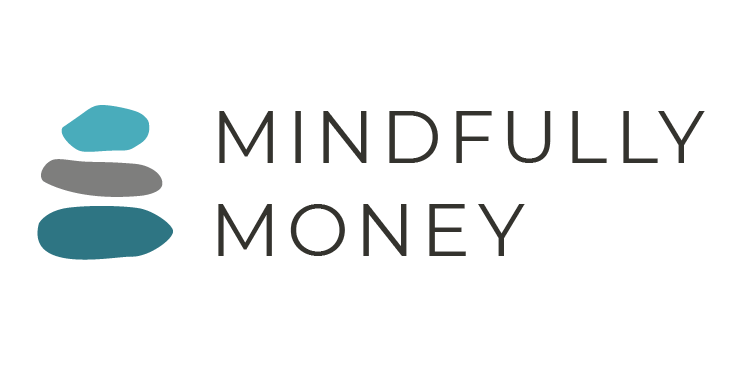401k Tips to Maximize Your Retirement Savings
401k plans are one of the most effective and convenient ways to save for retirement. However, many Americans fail to take full advantage of these plans, and some don't participate at all. Most people who have access to an employer-sponsored retirement savings plan know that they are supposed to participate, but it can be hard to get started. The process and options are overwhelming. You hear of people losing money and don’t want that to be you. The information on the prospectus you’re supposed to read might as well be Greek.
These 401k tips will help you overcome fears and confusion so you can make the most of your retirement savings.
What is a 401k?
A 401k is a retirement savings account offered through employers. One of its primary advantages is that the money is not taxed until withdrawal, allowing it to grow significantly over time. Your contributions also reduce your taxable income, meaning that the amount you pay in taxes right now will be lower. Additionally, many employers will match a portion of your contribution, which means you get extra money just for saving for retirement.
Certain types of employers, such as non-profits, schools, or the government might offer a similar program called either a 403b or 457. Sometimes 403b or 457 plans have more limitations, but most of these 401k tips apply to these plans as well.
How does a 401k work?
To start contributing to your 401k account, inform your employer about the percentage of your salary you wish to allocate directly to your retirement savings. This “election” is made during open enrollment at the end of the year or when you are hired. The money is routed directly into your 401k account. You will receive login information so that you can select how the money is invested. Use the 401k tips below to make sure you are making the most of your retirement account.
401k Tips for Maximizing Retirement Savings
1. Contribute as much as you can.
Financial advisers often recommend contributing 10-20% of your salary. While this may not be possible for everyone initially, it's crucial to start with any amount you can afford. Even a small amount is better than nothing. Gradually increase the amount you save each year. If one year you can put in $100/month, add 10% the next year so you’re contributing $110/month. Do the best you can to prioritize retirement savings.
To save even more, consider contributing to an IRA or Roth IRA in addition to your 401k.
2. Contribute enough to get the employer match
If you’re not at the point where you can contribute more, you should at least contribute enough to get any employer match that is offered.
Here’s how it works: you contribute a certain amount of money and your employer matches a portion of that, essentially giving you extra (free) money. For example, an employer might say that they will match 50% of your contribution up to 6%. This means that you contribute 6% of your salary and your employer puts in an additional 3% of your salary (half of what you put in).
Unless you are struggling to meet immediate needs or lack an emergency fund, you should attempt to contribute enough to take advantage of this opportunity.
Click here to learn how to tell if you’re saving enough for retirement.
3. Invest the money in your account
Once your contributions are deposited into your account, it's essential to invest them wisely. This is the part where many people go wrong. I remember logging in to my 403b for the first time. I took one look at the investment options and logged right back out again. Figuring out how to read and analyze all the information is overwhelming and many people worry about losing their hard-earned money.
The problem is that uninvested money faces the risk of losing value over time due to the effect of inflation. In addition, when you don’t invest, you are have an increased risk of running out of money later in life.
Although investments can go up and down in the short term, history has shown that in the long run, investments increase in value. To mitigate risk, consider investing in a diversified mix of low-cost index mutual funds or ETFs. Your 401k provider may offer resources or free support to help you determine the right asset allocation.
See also: How to Invest in Your 401k the Easy Way
4. Monitor at least once per year
It’s a good idea to check your account periodically to see if you need to rebalance and to ensure that your investments still reflect your goals, values, and priorities.
On the other hand, avoid monitoring your account too frequently.
Saving for retirement is a long-term process and it is critical that you don’t overreact to temporary fluctuations in the market.
If you need help developing a plan that works for you, it’s a good idea to work with a financial planner who can help you design a strategy that works for you.
5. Update your beneficiaries
While you’re monitoring your account, review your beneficiaries to ensure that they are still who you want them to be. It’s easy to forget about your beneficiaries when major life changes occur, but this is the most critical time to change them. There are countless stories of money going to the wrong beneficiaries because the selections weren’t updated.
Just do it!
At the end of the day, the most important thing is to just do it. Setting up automatic contributions from your salary is easy. Even a small amount helps. Getting started is often the most challenging part, and you may be surprised by what you can achieve once you begin your retirement savings journey.
Haven’t started saving for retirement yet? It’s not too late to get started. Learn how with this free guide.













